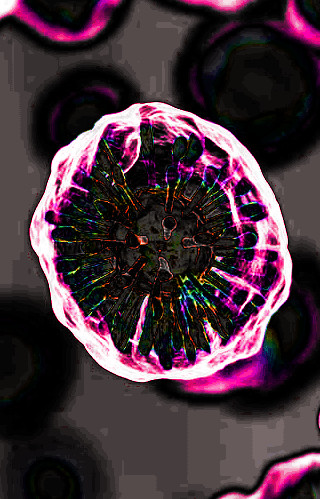New cell spotted
 Scientists have identified a new type of cell with the potential to transform tissue repair.
Scientists have identified a new type of cell with the potential to transform tissue repair.
The cells, named EndoMac progenitors, can differentiate into two key cell types: endothelial cells, which form blood vessels, and macrophages, the immune cells responsible for tissue repair and defence.
A team of researchers at the South Australian Health and Medical Research Institute (SAHMRI) discovered the EndoMac progenitors within the outer layer of aortas in adult mice after a nine-year investigation.
Scientists had theorised about cells with similar functions for over a century but were unable to identify them until now.
“These cells have an important job, to help grow blood vessels when the body calls for it,” said Dr Sanuri Liyanage, a key researcher in the study.
“They are activated by injury or poor blood flow, at which point they rapidly expand to aid in healing.”
When the cells were transplanted into diabetic wounds in mouse models, the team observed significant improvements in healing, with progress visible within just a few days.
“In theory, this could become a game-changer for patients suffering from chronic wounds,” Dr Liyanage said.
A notable characteristic of the EndoMac progenitors is that they do not express typical “self” markers, reducing the likelihood of rejection when transplanted into another individual.
This property could make them strong candidates for use in stem cell therapies, potentially avoiding the complications that arise from immune responses in transplant procedures.
The team is now expanding its research to explore the application of these cells in the healing of skin and muscle tissues, with further results expected within the next year.
Additionally, efforts are underway to locate the cells in human tissues, which could have wide-ranging implications for future therapies.
“We are excited to continue exploring the potential of these cells,” Dr Liyanage stated.
“It is early days, but the implications could be massive.”
The research, published in Nature Communications, was a collaborative effort involving scientists from SAHMRI, the University of Adelaide, the Baker Institute, and La Trobe University.








 Print
Print